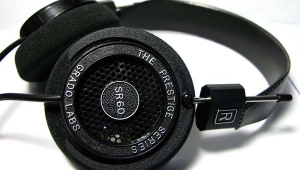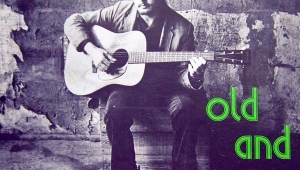| Columns Retired Columns & Blogs |
>Careful. Talk like that will get you kicked out of Reviewer's School, young man.Thanks Buddha. I do think about the words I choose. You can know that I edited that particular sentence you quoted at least five times. And it's true: I don't think comparing speakers is fun. But there are a lot of aspects of my job that aren't fun. And I try to do them all very well. I think I succeed most of the time, and I know I can improve.





































